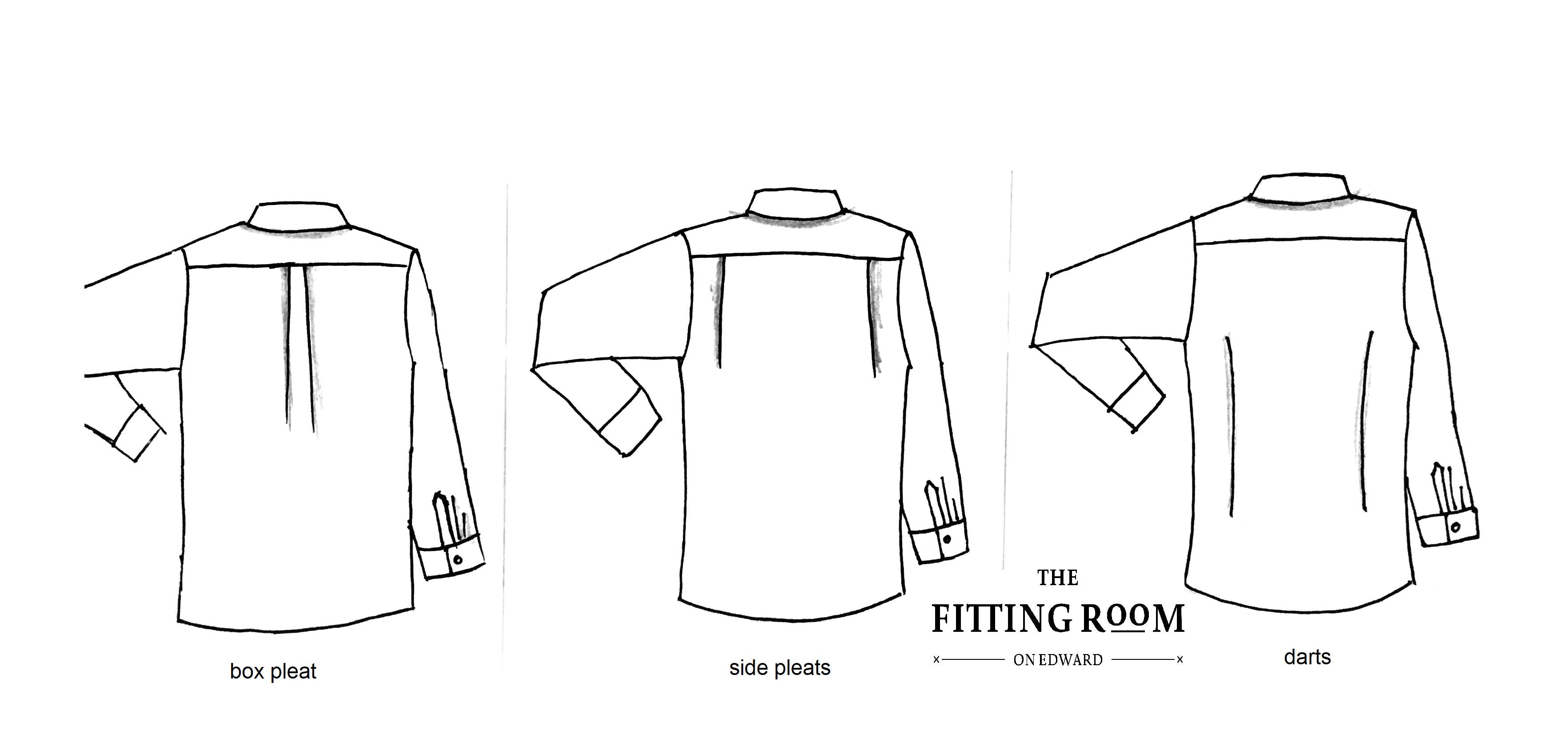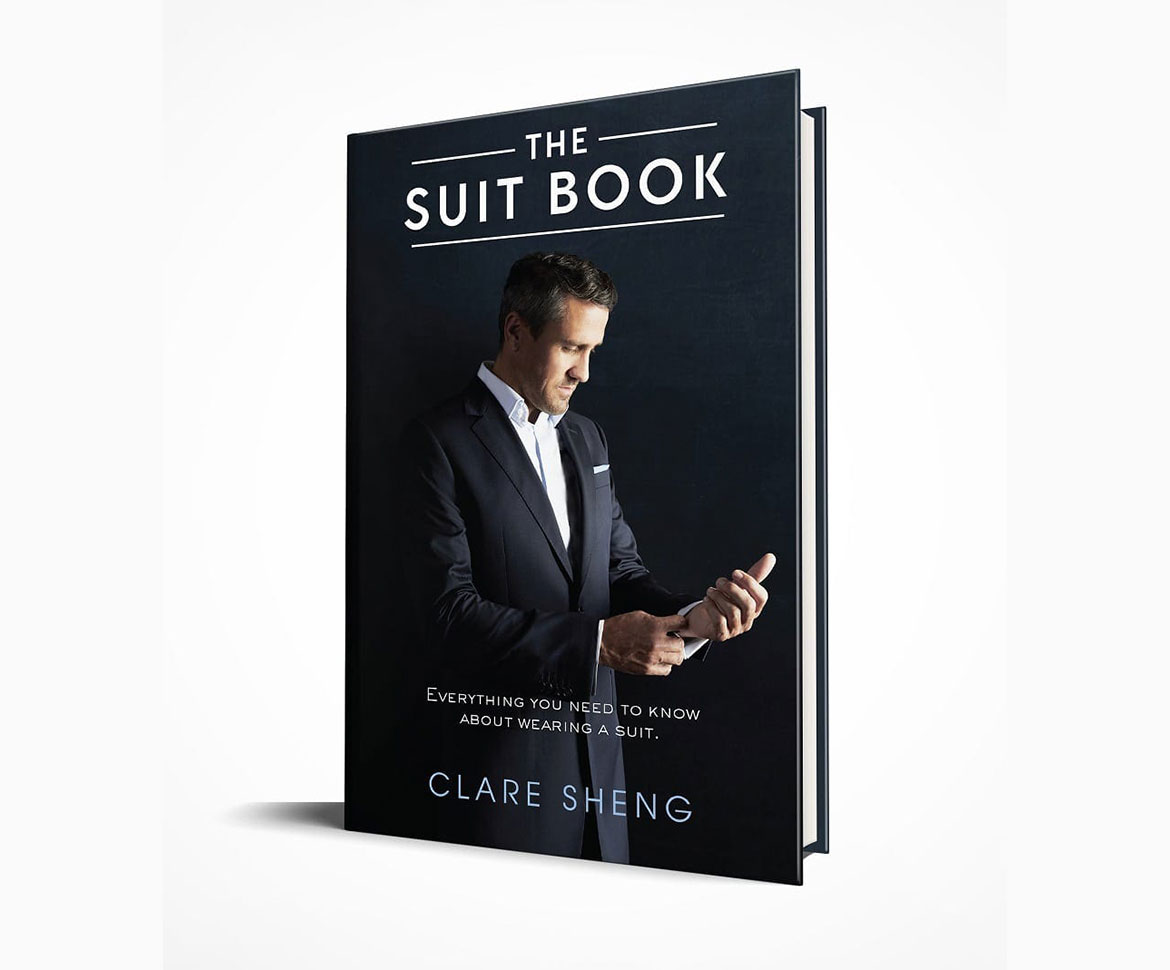The secret formula to a well-fitting shirt
A good business shirt should be one of the most important investments in your wardrobe. It is immediately noticed as soon as you take your jacket off, or it can be worn as a statement piece in cooler months.
In addition, a shirt sits against your skin all day, meaning a terrible fit can sometimes be the difference between comfort and irritation.
However, the reality is that most men often fail to put as much attention on finding a well-fitting, good quality shirt often relying on a “near enough is good enough” approach. The most common excuses for this can often be traced back to a lack of understanding of what makes a well-fitting shirt.
In this blog, we will guide you through some simple steps to finding the right shirt fit for your body shape. Read more below:
Shirts are marketed and styled in varying ways. These sizing standards often depend on the manufacturer, brand or even country of retail. In Australia, we choose our ideal shirt fits based on our neck size, chest size, and preferred style.
When choosing a shirt in-store, our recommendation is to look for the size which fits the widest part of your body. This may be your shoulders, chest, or (stomach) waist. As unflattering as it may seem at first, it is better to look to comfort here before tackling the other parts of the fitting process.

The Shoulders
If you have broad shoulders, make sure each point sits comfortably within the yoke (the corners where your shoulders go), without any pulling from under the armpits. In the reverse, avoid picking a shirt that also overhangs from these points.
The Length
If a dress shirt is to be tucked in, the length should not matter too much. If the edges of the shirt hem are curved, that means it is designed to be tucked in. However, if you are wearing a shirt untucked, i.e. a casual shirt, we recommend shortening the hem to reduce its curvature of the hem.
The Waist
If you possess a wide girth across the middle, try to look for shirts with a centre or box pleat at the back. These will give you more room in the tummy area and are perfect for a slightly rounded midsection. In contrast, slimmer waistlines should avoid box pleated shirts which have the habit of ballooning out in the tummy.
If you have a slim torso, try to buy shirts that are also “slim cut” without pleats in the back. Where possible, look for shirts with darts (seams sewn into the back).

The Sleeves
Your shirt sleeves should sit just above the bend of the wrist. For those with disproportionally longer arms, it can be a challenge to find a shirt that fits for length. Your options are to find a brand that makes a long cut, have your shirts custom-made, or go a size up and have the body altered. The last option is not ideal, as major resizing may be required (which may also be costly).
Generally speaking, long sleeves can be easily shortened, as opposed to the other way around. If you are stuck making a choice, buy a shirt with a long sleeve (making sure all other parts are close to well-fitting) and we can easily adjust the length for you.

The Fabric
The shirt fabric should also be an important consideration in the buying process. Find a quality high-weave cotton fabric that will keep you cool in summer and warm in winter. Men’s dress shirts are usually made in cotton, cotton-blends or linen fabrics with broadcloth, poplin, oxford or twill textures.
For your comfort, avoid choosing a fabric blend that is more than 50% polyester, as it not only looks tacky but is also not breathable and uncomfortable to wear.

Clare Sheng’s The Suit Book contains a detailed section from Page 117 covering the most important parts of getting the right fit for your shirt.
Support your local tailor by purchasing The Suit Book in store or online for only $29.95 RRP. It make a perfect guide, gift and go-to bible for any suit-wearing gentleman.
